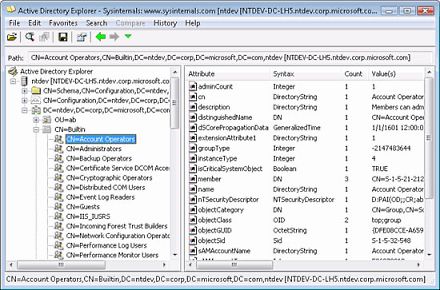dev.to/citrusbug/7-best-angular-component-libraries-to-use-in-2020-5471
Author: Andreas Plahn
Angular 10+ Strict Mode
From Angular 10 (experimental) / 11 (default on create new app) you can get strict mode. In summary it reduces the bundle size (by 75%!) and increases the maintainability by disabling you to create objects of type ‘any’ (no untyped types)…
Angular 11+ CLI creates all new workspaces and projects with strict mode enabled.
Strict mode improves maintainability and helps you catch bugs ahead of time. Additionally, strict mode applications are easier to statically analyze and can help the
ng updatecommand refactor code more safely and precisely when you are updating to future versions of Angular.Specifically, strict mode does the following:
-
Enables
strictmode in TypeScript, as well as other strictness flags recommended by the TypeScript team. Specifically,forceConsistentCasingInFileNames,noImplicitReturns,noFallthroughCasesInSwitch. -
Turns on strict Angular compiler flags
strictTemplates,strictInjectionParametersandstrictInputAccessModifiers. -
Bundle size budgets have been reduced by ~75%.
More info:
https://angular.io/guide/strict-mode
Angular CLI Strict Mode. In Angular, we strongly believe in… | by Minko Gechev | Angular Blog
Pomotroid – pomodoro timer
A Simple, Configurable and Visually Pleasing Pomodoro Timer
Source: Pomotroid – A Simple, Configurable and Visually Pleasing Pomodoro Timer
Typescript debug util – Output json structure to console as formatted and sorted properties
Made a Debug util TypeScript class for formatted output to browser console of json objects, also sorted on property keys alphabetically (usage: simplifies text compare between different json structures).
export class DebugUtils {
///Outputs object as formatted json string to console.
public static ToConsoleJson(value: any, message = null) {
if (message) {
console.log(message);
}
console.debug(JSON.stringify(value, null, 2));
}
///Outputs object as formatted json string to console sorted alphabetically by property keys.
public static ToConsoleJsonSortedByKey(obj: any, message = null) {
//sort object keys alphabetically
var allKeys = [];
JSON.stringify( obj, function( key, value ){ allKeys.push( key ); return value; } )
allKeys.sort();
const sortedJsonString = JSON.stringify( obj, allKeys, 2);
if (message) {
console.log(message);
}
console.debug(sortedJsonString);
}
}
Meld Compare Tool – Free and open source
Meld is a visual diff and merge tool targeted at developers. Meld helps you compare files, directories, and version controlled projects. It provides two- and three-way comparison of both files and directories, and has support for many popular version control systems.
Meld helps you review code changes and understand patches. It might even help you to figure out what is going on in that merge you keep avoiding.
Source: Meld
WinCam – Simple Screen Recording Tool
Lightning-Fast Screen Recording, Create Video Tutorials in Minutes with WinCamWinCam is a powerful and extremely easy-to-use screen recorder for Windows. It can deal with a given application, a region or the entire screen – and record everything that goes on in there. With the ability to capture up to 60 frames per second, WinCam makes sure your recording doesn’t miss a tiny thing, while hardware acceleration renders and encodes video in real time and truly effortless.
Source: WinCam – Lightning-Fast Screen Recording, Create Video Tutorials in Minutes – NTWind Software
Typescript: how to create an object from interface
If you want to instantiate an object from an interface in typescript do this.
“new” object:
const address: Address = {} as Address;
Then can add values to properties.
Object initialization:
const modal: IModal = {
content: '',
form: '',
href: ''
};
Source: How can I create an object based on an interface file definition in TypeScript? – Stack Overflow
git – Having problems cloning a Azure DevOps repository in Visual Studio 2019 Community – Stack Overflow
Clearing the cached credentials from Credential Manager. And then try again.Go to Credential Manager–> Windows Credentials–> Generic Credentials–>Remove all Git related credentials.
AD Explorer – Windows Sysinternals | Microsoft Docs
Active Directory Explorer (AD Explorer) is an advanced Active Directory (AD) viewer and editor. You can use AD Explorer to easily navigate an AD database, define favorite locations, view object properties and attributes without having to open dialog boxes, edit permissions, view an object’s schema, and execute sophisticated searches that you can save and re-execute.
AD Explorer also includes the ability to save snapshots of an AD database for off-line viewing and comparisons. When you load a saved snapshot, you can navigate and explore it as you would a live database. If you have two snapshots of an AD database you can use AD Explorer’s comparison functionality to see what objects, attributes and security permissions changed between them.

Flex Cheatsheet
Source: Flex Cheatsheet